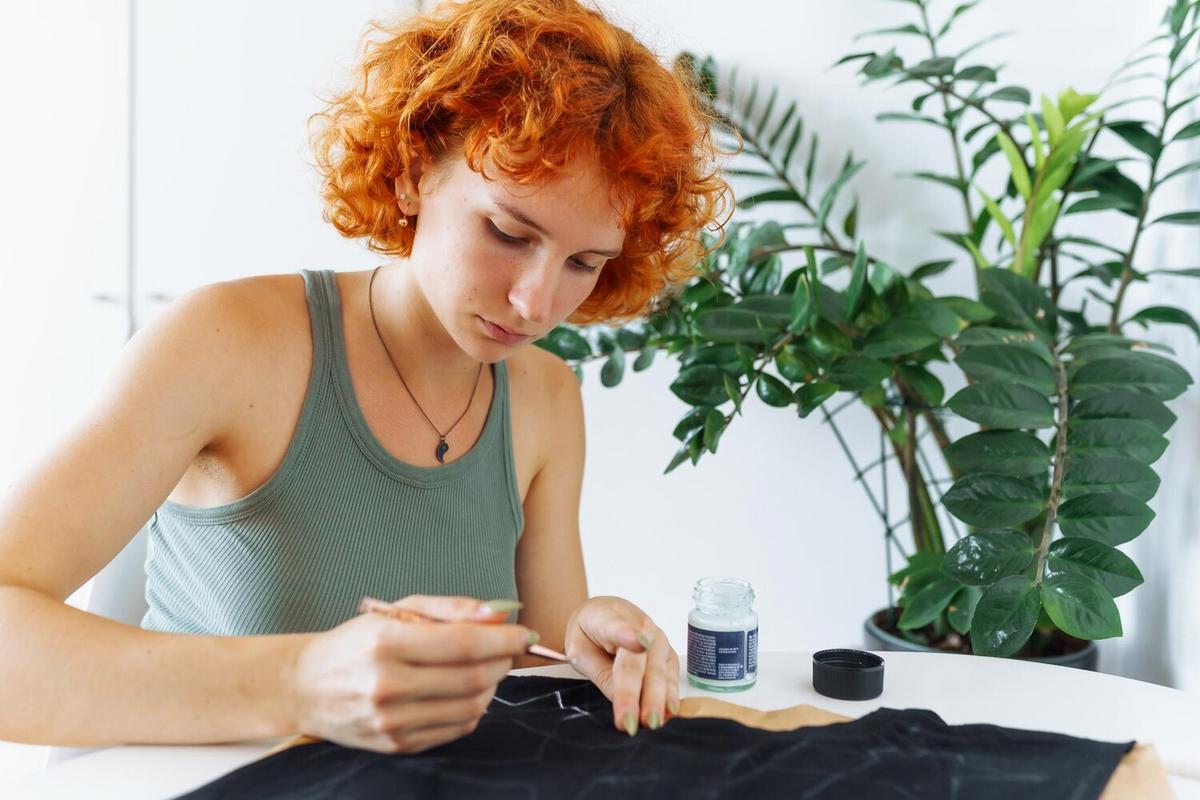Exploring the realm of sustainable fabric dyeing techniques unveils a world where creativity meets environmental consciousness, offering DIY enthusiasts the opportunity to contribute positively to the planet while engaging in their craft.
Understanding Sustainable Fabric Dyeing
Sustainable fabric dyeing techniques have gained momentum as eco-conscious individuals seek alternatives to conventional methods. Traditional dyeing often involves toxic chemicals and excessive water usage, which can harm the environment. In contrast, sustainable techniques focus on reducing environmental impact through natural dyes and eco-friendly processes.
The Importance of Sustainable Dyeing
According to a report by the World Bank, textile dyeing is the second-largest polluter of water globally, accounting for about 20% of industrial water pollution. This statistic underscores the need for more sustainable practices.
Experts in sustainable fashion advocate for natural dyeing methods, which utilize plant-based materials. Emma Johnson, an eco-friendly textile designer, notes, “Natural dyes not only reduce environmental harm but also produce unique, vibrant colors that synthetic dyes can’t replicate.”
Natural Dye Sources
Many everyday items can be used for natural dyeing, including:
- Onion skins for yellow and orange hues
- Red cabbage for purples
- Avocado pits for pinks
- Turmeric for bright yellow
- Black beans for blue tones
These materials are not only renewable but also offer a palette of colors that evolve over time, adding character to your fabric.
Personal Experience with Natural Dyeing
A personal project I undertook involved using turmeric to dye a cotton scarf. The process was simple and required only a few ingredients: turmeric powder, water, and a cotton fabric. The result was a bright yellow scarf that received many compliments and sparked conversations about sustainable practices.
How to Get Started with Sustainable Dyeing
- Gather Materials: Choose natural dye sources from your kitchen or garden.
- Prepare Fabric: Use a mordant like alum to help the dye adhere to the fabric.
- Dye Fabric: Simmer the fabric in the dye bath, ensuring even coverage.
- Rinse and Dry: Rinse the fabric in cold water and hang it to dry.
Comparing Dyeing Techniques
| Technique | Pros | Cons |
|---|---|---|
| Natural Dyeing | Eco-friendly, vibrant colors | Color variability, longer process |
| Synthetic Dyeing | Consistent results, quick | Environmental impact, harsh chemicals |
Frequently Asked Questions
Can any fabric be dyed with natural dyes?
Natural fibers like cotton, linen, wool, and silk absorb natural dyes best. Synthetic fabrics may not take the dye well.
How can I ensure the colorfastness of naturally dyed fabrics?
Using a mordant and properly setting the dye with heat can improve colorfastness.
Conclusion
Embarking on sustainable fabric dyeing for your DIY projects not only enriches your creative journey but also contributes positively to environmental conservation. By selecting natural dyes and mindful techniques, you can create beautiful, eco-friendly textiles that tell a story of sustainability and craftsmanship.




Leave a Reply